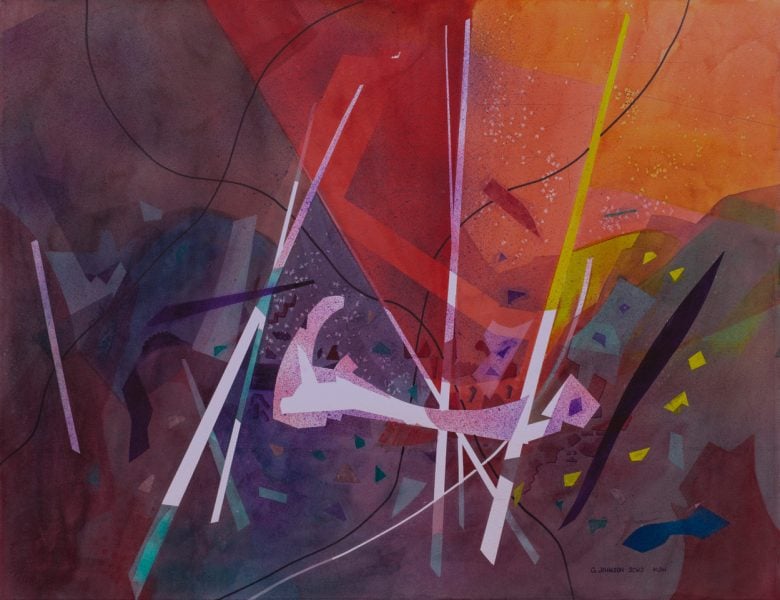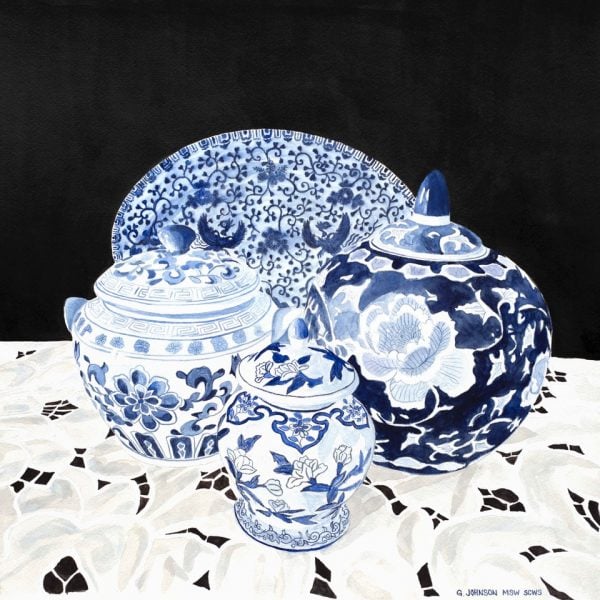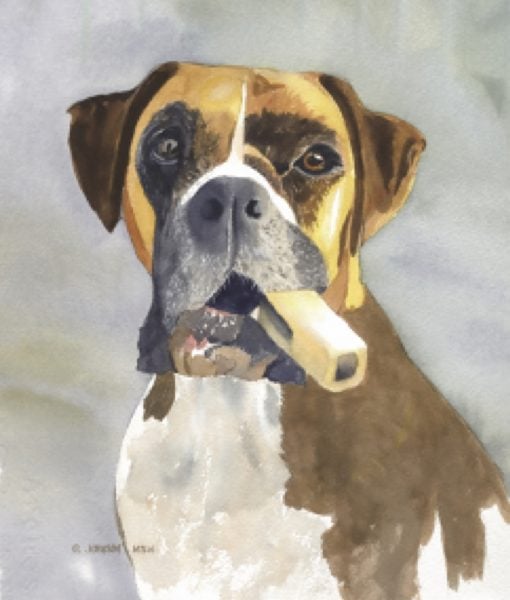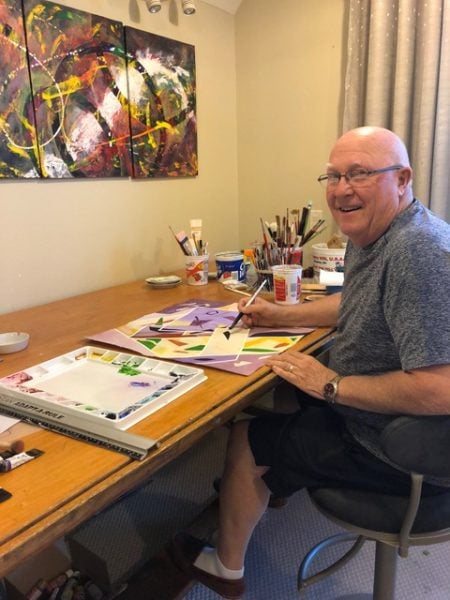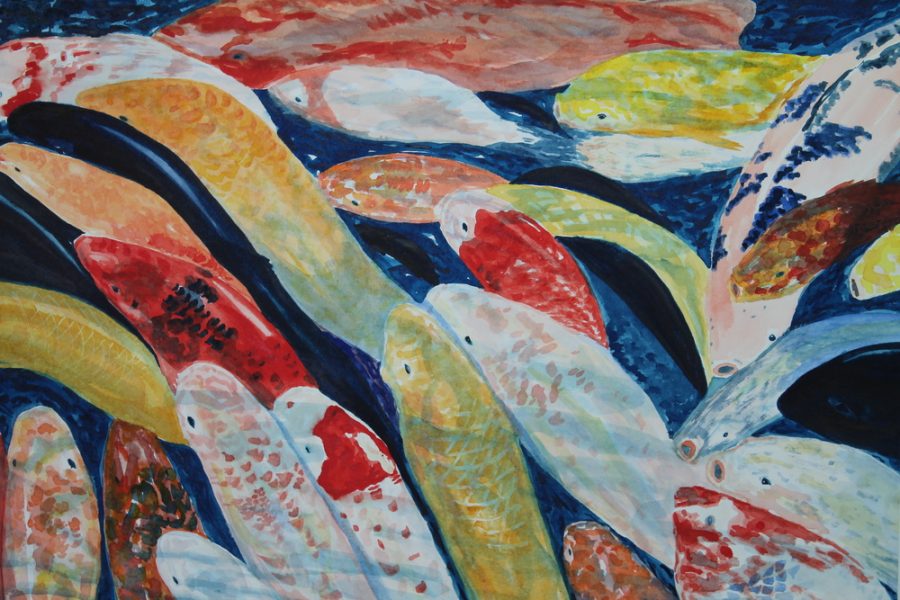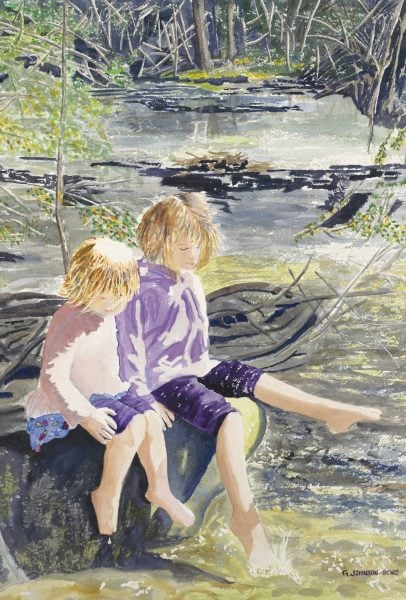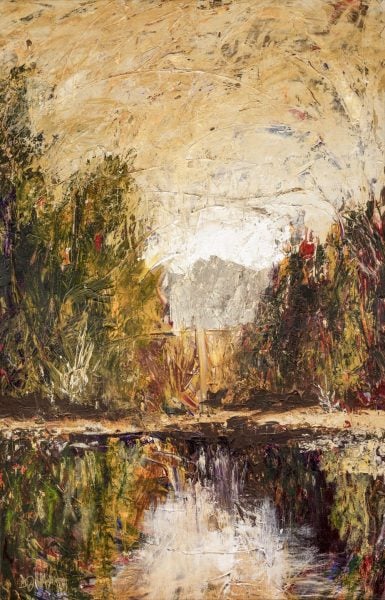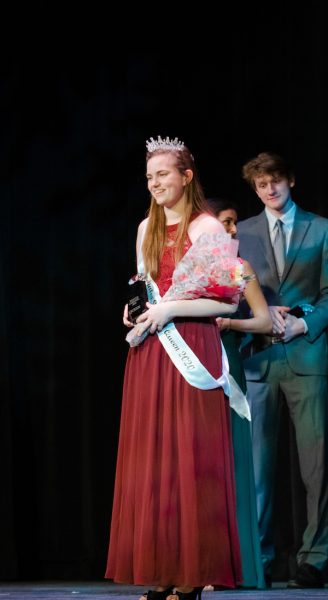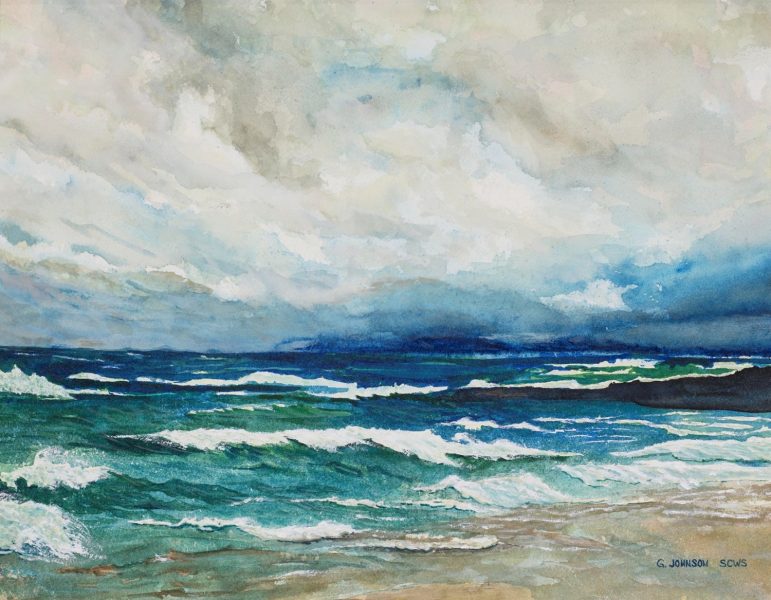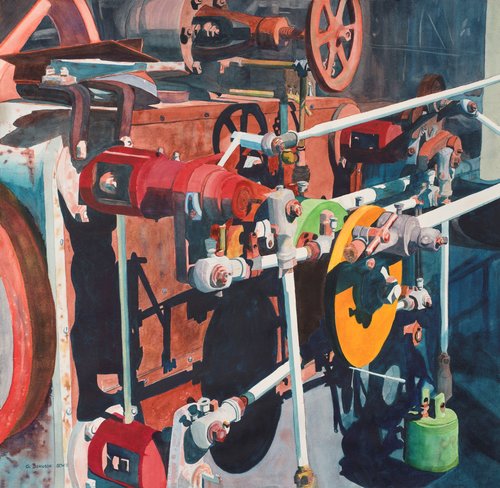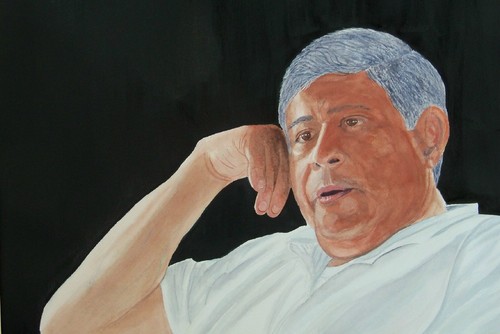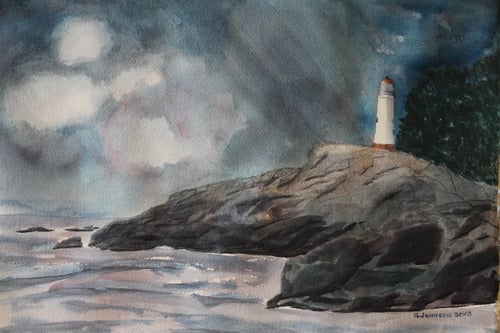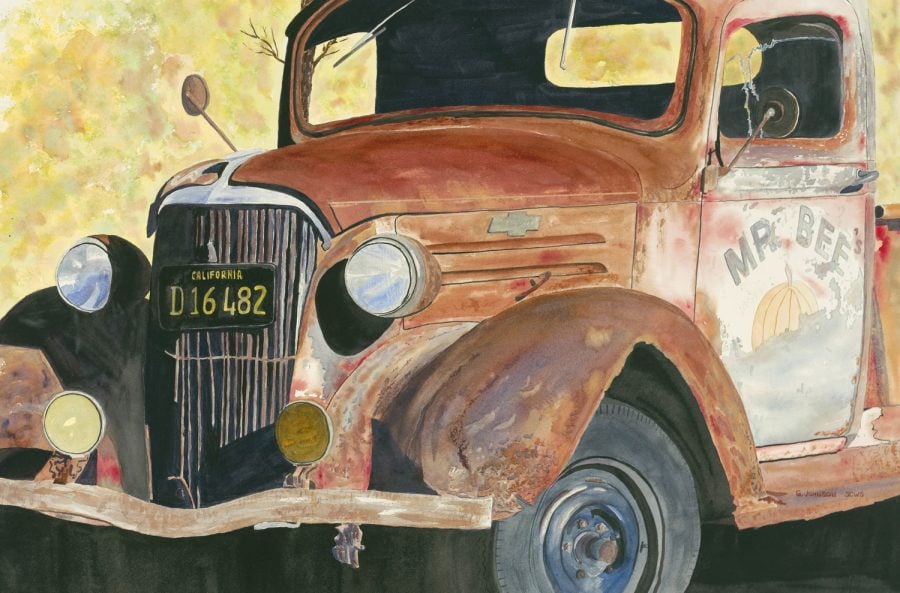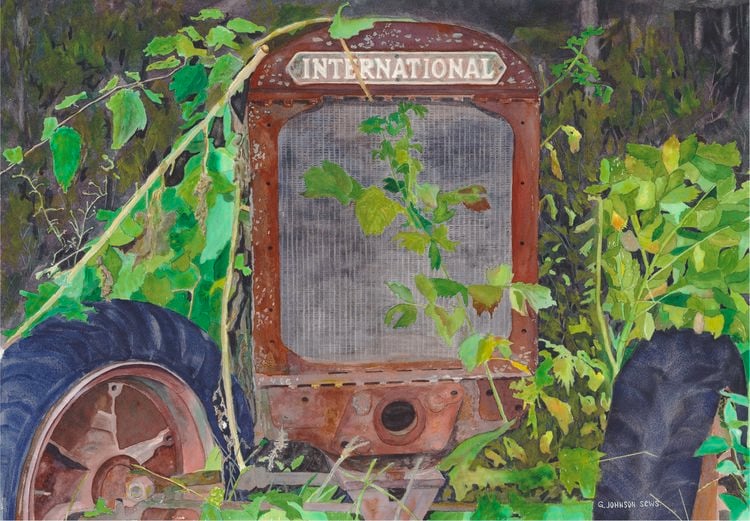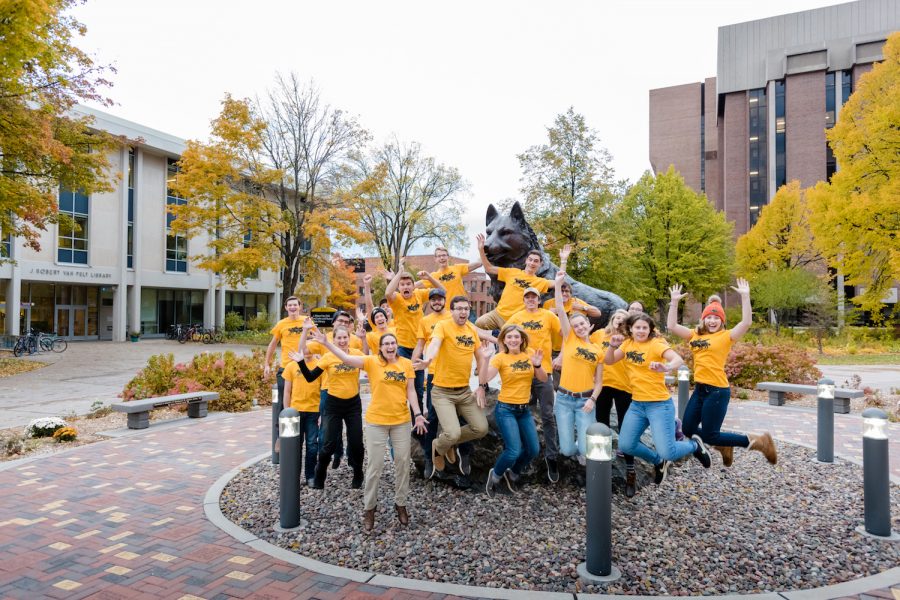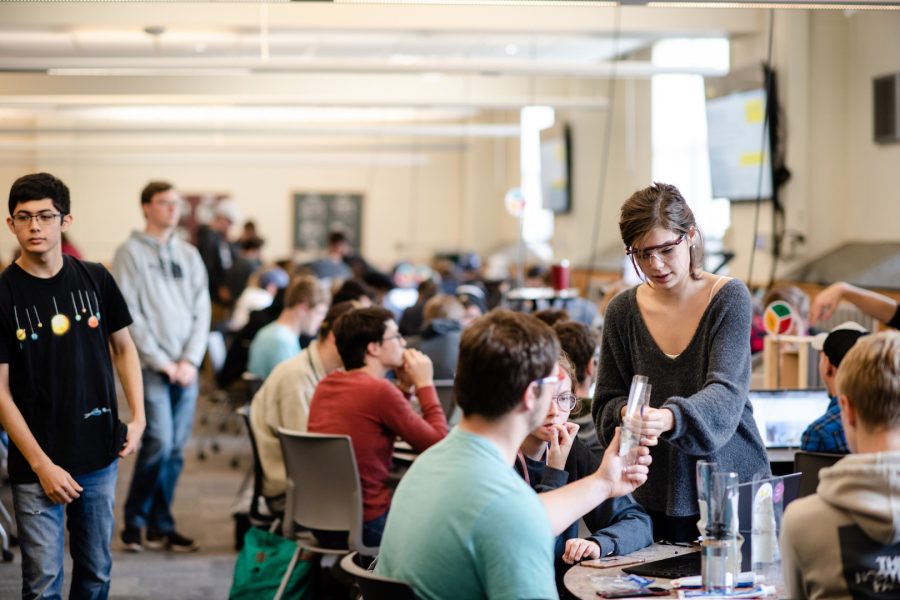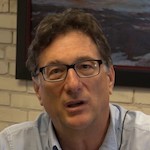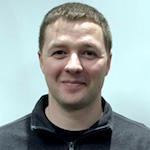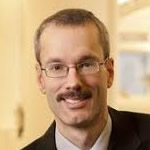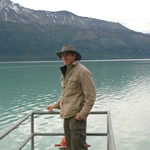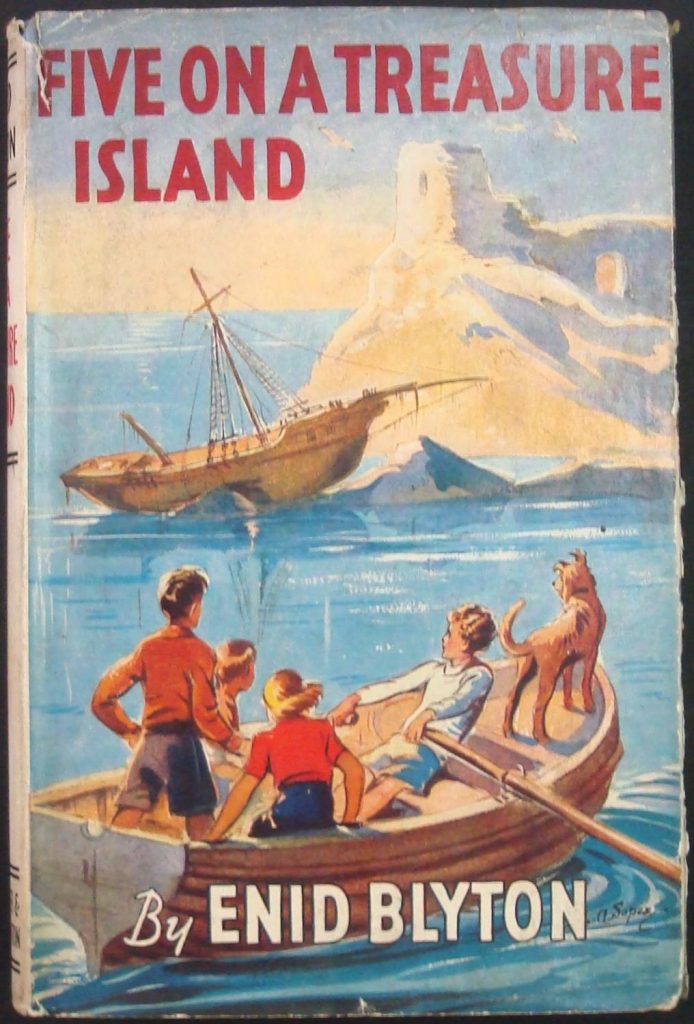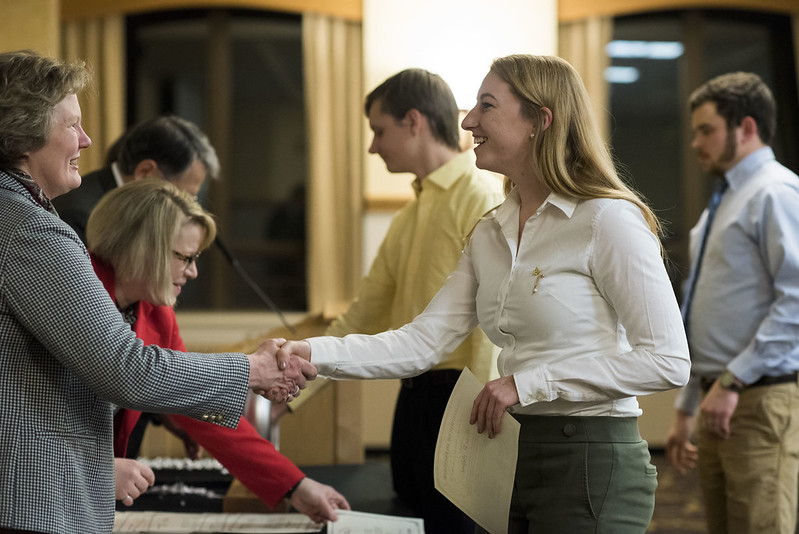
There are still many Earth Day events coming up in Copper Country, and no matter where you live on this Earth, you’re invited. All are welcome.
- Get Some Fresh Air: Nature is Open for Business
Now through May 10 — Self-guided walk featuring Earth Day artwork from Houghton Elementary 4th grade students at Keweenaw Land Trust Paavola Wetlands. Can’t get there in person? Here’s the video tour. - Planet of the Humans
April 21 and beyond: View “Planet of the Humans” (90 min.) The film takes a harsh look at how the environmental movement has lost the battle through well-meaning but disastrous choices, including the belief that solar panels and windmills would save us, and giving in to corporate interests of Wall Street. - Invasive Plant Removal Challenge
Now through June 20 — Stewardship Network Spring Invasive Plant Removal Challenge. Pull invasive species from your yard, natural area, anywhere. Submit location, number of people, and weight of invasive plants removed. - Great Lakes Bioblitz!
Now through – May 20 — Great Lakes Bioblitz in your Backyard. Community members, families, and students across the Great Lakes states and Ontario are invited to participate in finding and identifying as many wild, living things as possible in a specific area (backyards and other outdoor spaces) during the next month - How Some are Turning the Stay at Home Order into a Positive Experience
Saturday (April 25) from 6-8 p.m. — UPEC 2020 Celebrate the U.P. Presentations will be available later on YouTube. Speakers include Monica Lewis-Patrick, We The People of Detroit; Sarah Green, International Climate Action; Angie Carter, Western UP Food Systems Council, and several more. The event will wrap up with short videos on how some have turned the Stay at Home order into a positive experience. - What Happens to Houghton County Recyclables
April 28, 7-8 p.m. — “What Happens to Houghton County Recyclables?” with Eagle Waste & Recycling owner, Alan Alba, and sponsored by Copper Country Recycling Initiative. - Native Plant Symposium: Monarch Butterflies
April 30, 7 p.m. Native Plant Symposium Part 2, Sue Trull, botanist for the Ottawa Nat. Forest, will present “Monarchs & Milkweeds—All Hands-on Deck,” and “Using Native Plants to Support Pollinators” by Jackie Manchester-Kempke, of Houghton, an extension master gardener. Register here. - Book Club: Nature’s Best Hope
May 7, 7 p.m.— Keweenaw Land Trust’s Natural History. Book Club discussion of Doug Tallamy’s “Nature’s Best Hope” via Zoom. (Password: 703851) - Five things you can keep out of the landfill:
June 27 — (Stay tuned) The previously scheduled Waste Reduction Drive for Earth Day, sponsored by Michigan Tech’s student-run Sustainability House, will be rescheduled. In the meantime, keep collecting Styrofoam containers, plastic bottle caps, batteries and foil lined granola and energy bar wrappers. Read how they can be recycled here.
